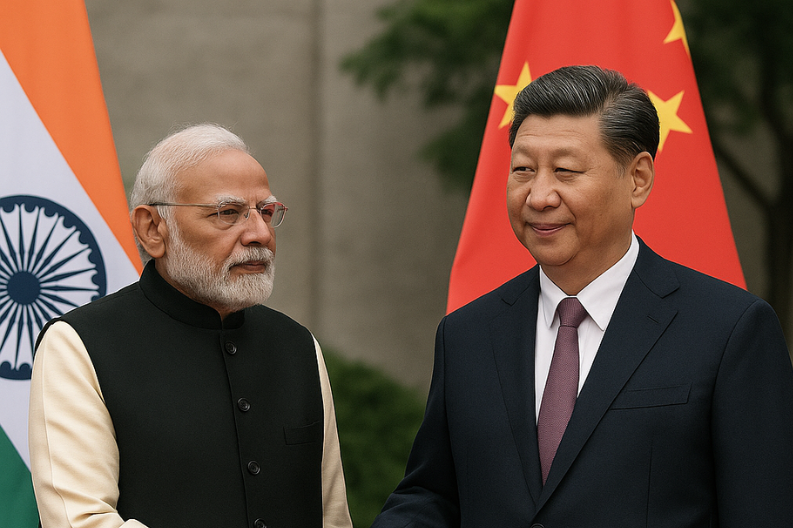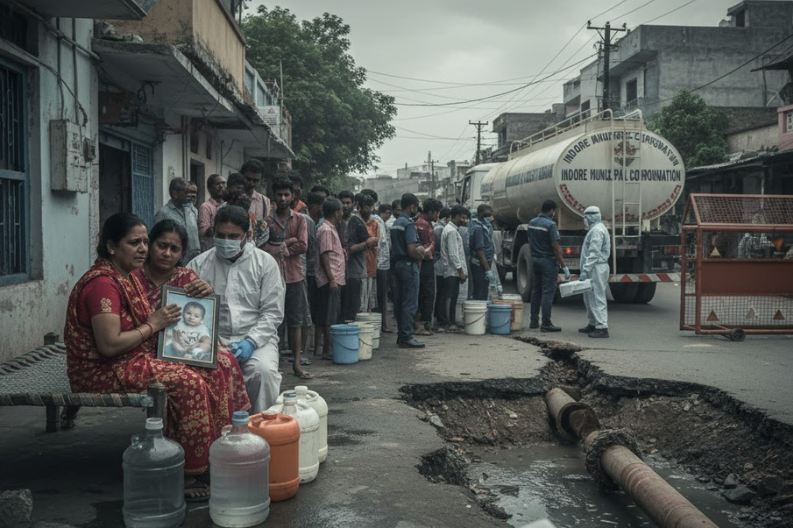Last Sunday, Indian Prime Minister Narendra Modi met with Chinese President Xi Jinping during the Shanghai Cooperation Organization (SCO) leaders’ summit in the port city of Tianjin, China. The meeting drew global attention as the two leaders came together after a seven-year gap.
Observers in the West expressed concern that Modi might be shifting India closer to China and Russia while distancing from the United States. However, analysts stress that India values strategic independence and prefers to build partnerships based on mutual interests rather than align with any single power bloc.
Chinese state media suggested that some in the U.S. see India-China cooperation as a threat, portraying Modi’s engagement as aligning with authoritarian leaders. But India views itself as a nation capable of independent decision-making. Modi’s visit, analysts note, is not just a reaction to U.S. policy under Donald Trump but part of a broader diplomatic trajectory that began during last year’s BRICS summit in Kazan.
While the meeting signaled cautious reengagement, it did not resolve long-standing tensions. Border disputes remain a key challenge, with Modi stressing that peace and stability along the frontier are essential for improved ties. Xi’s statement highlighted the importance of maintaining peace but argued that border issues should not define the overall relationship.
Economic relations also featured prominently. India’s trade deficit with China has reached $100 billion, fueling concerns in New Delhi. Both sides acknowledged the need to strengthen economic cooperation while working to narrow the gap. Indian Foreign Secretary Vikram Misri noted that trade should be seen within the broader context of diplomacy, suggesting a gradual approach to resolving imbalances.
Security issues were also raised. Modi urged China’s support in tackling terrorism, though Beijing’s official statement did not mention the issue directly. The omission underscores lingering differences in priorities.
Despite tensions, the meeting brought some positive outcomes. Both countries reaffirmed their interest in expanding economic ties, boosting investments, and strengthening coordination on international platforms. Modi publicly emphasized cooperation rooted in mutual respect, while Xi signaled openness to keeping relations on a stable track.
The encounter reflects India’s delicate balancing act—seeking to improve ties with Beijing while managing its complex relationship with Washington. Though many disputes remain unresolved, the meeting marks a step toward normalization and a signal that both nations are willing to keep dialogue open.
The outcome of this cautious diplomatic reengagement will have implications not only for India-China relations but also for broader regional and global dynamics.



